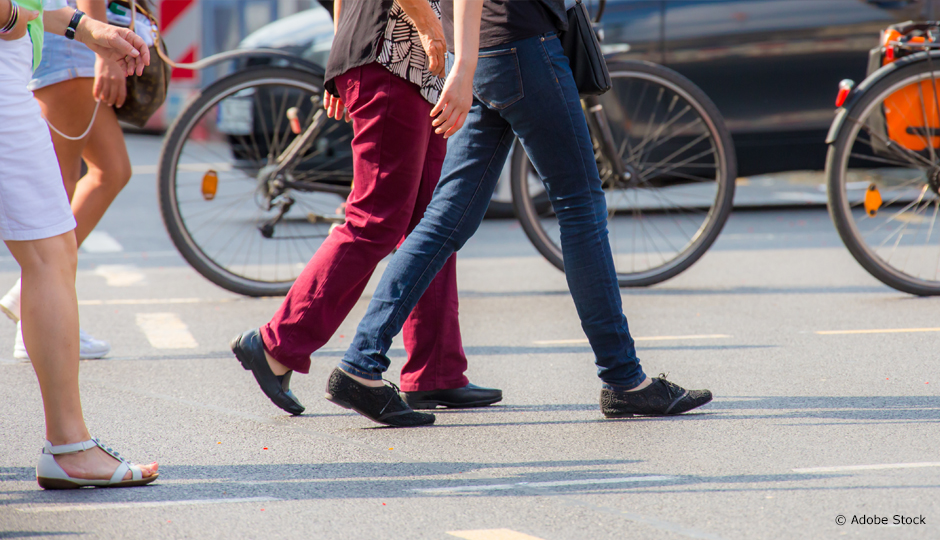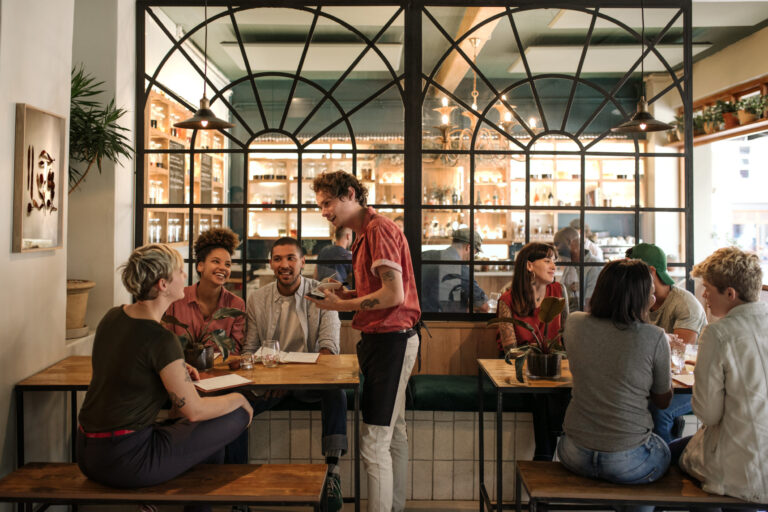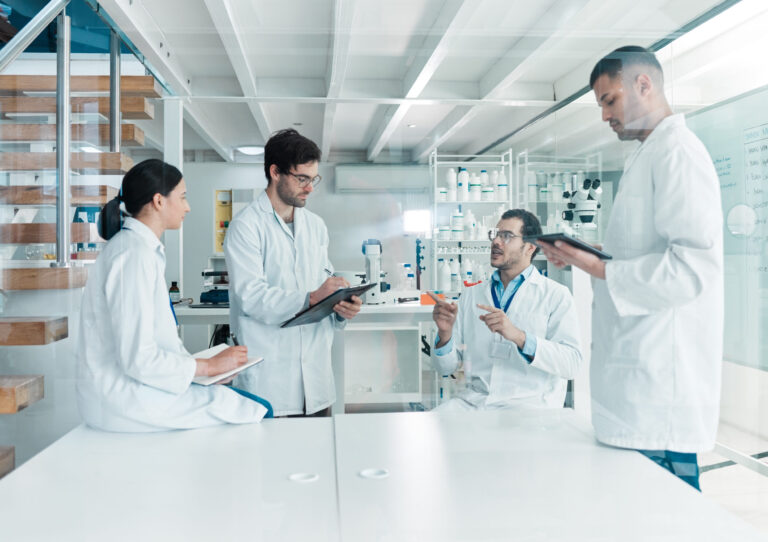Targeting dangerous road intersections before an accident occurs is the dream of every city. But this is no easy task, because it means automatically detecting all road users and predicting their trajectories. To accomplish this, Guillaume-Alexandre Bilodeau, a professor in the Department of Computer and Software Engineering at Polytechnique Montréal, uses two video image detection methods: deep learning and figure-ground segmentation. With his research team, he realized that a combination of these two approaches offsets the weaknesses of each.
Eventually, this data could allow for real-time traffic management.
Through deep learning, the data collection system designed by the researcher learns to recognize road users in a video image. However, if it has not learned to identify them, certain objects, such as animals and modified vehicles, can pass under its radar. Meanwhile, figure-ground segmentation consists of detecting objects by comparing an intersection without users and an intersection with users, but is unable to distinguish between categories of users (pedestrians, cyclists or cars). Detection is also more difficult when motorized vehicles are not moving or too close to each other.
Bilodeau is working with Nicolas Saunier, a professor in the Department of Civil, Geological and Mining Engineering at Polytechnique Montréal, who is analyzing the behaviour and interactions of road users. Eventually, this data could allow for real-time traffic management, for example, by adjusting traffic lights to traffic density. This would ease road congestion, reduce accident risk and, as a result, be beneficial for the environment. Ultimately, it could encourage more people to adopt alternative transportation methods such as walking or cycling if they feel safer on the road.




